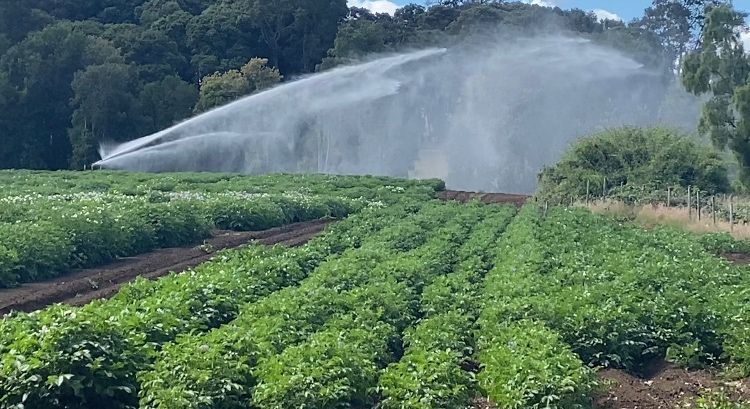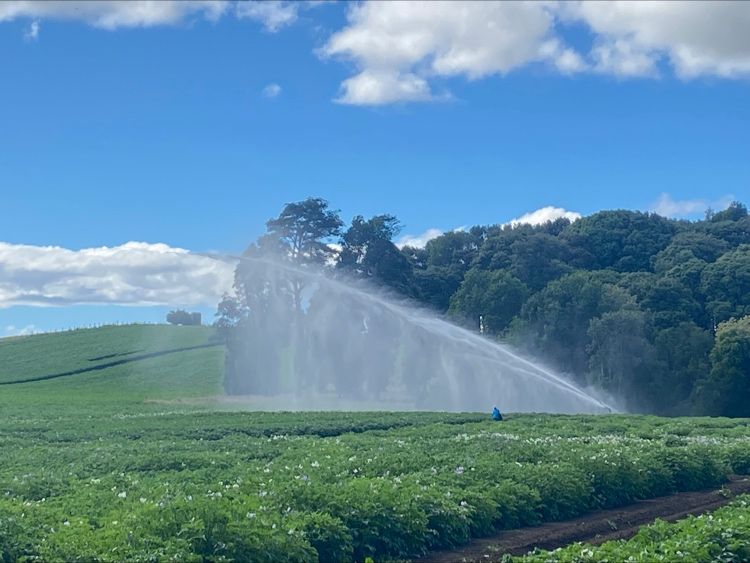#PrecisionIrrigation #AgriculturalTechnology #CropYields #SustainableFarming #WaterUseEfficiency #AgronomicPractices #AgriculturalInnovation #Climate-Resilient #Agriculture
In the ever-evolving landscape of agriculture, the quest for maximizing yields under optimal agronomic conditions has become a paramount concern for farmers, agronomists, agricultural engineers, and farm owners alike. One key aspect that plays a pivotal role in achieving this goal is the art and science of proper irrigation.
Timing is Everything:
Recent studies highlight the significance of timing in irrigation practices. Efficient water application during critical growth stages can substantially impact crop development and overall yield. By aligning irrigation schedules with the specific needs of crops, farmers can enhance water use efficiency and minimize wastage.
Quantity Matters:
The amount of water applied is another crucial factor influencing crop productivity. With changing climate patterns and the increasing demand for sustainable water use, precision irrigation systems, guided by real-time data and smart technologies, help farmers optimize water usage. This not only conserves a precious resource but also contributes to a more resilient and sustainable agricultural ecosystem.
Droplet Size and Uniformity:
The size of water droplets used in irrigation systems plays a role in ensuring uniform coverage across fields. Recent advancements in irrigation technology allow for the customization of droplet size, catering to the specific needs of different crops. Achieving uniform water distribution contributes to consistent crop growth, reducing the risk of both over- and under-irrigation.
Latest Data Insights:
Recent agricultural data indicates that farms adopting precision irrigation technologies witness a substantial increase in crop yields—sometimes up to 20% or more. This not only translates to economic benefits for farmers but also aligns with the global goal of ensuring food security in a growing population.
The importance of proper irrigation, considering timing, water quantity, and droplet size, cannot be overstated. It is a critical component in the pursuit of maximizing yields under optimal agronomic conditions. By embracing precision irrigation practices backed by the latest data and technological innovations, farmers can not only enhance productivity but also contribute to the sustainability of agriculture in the long run.



